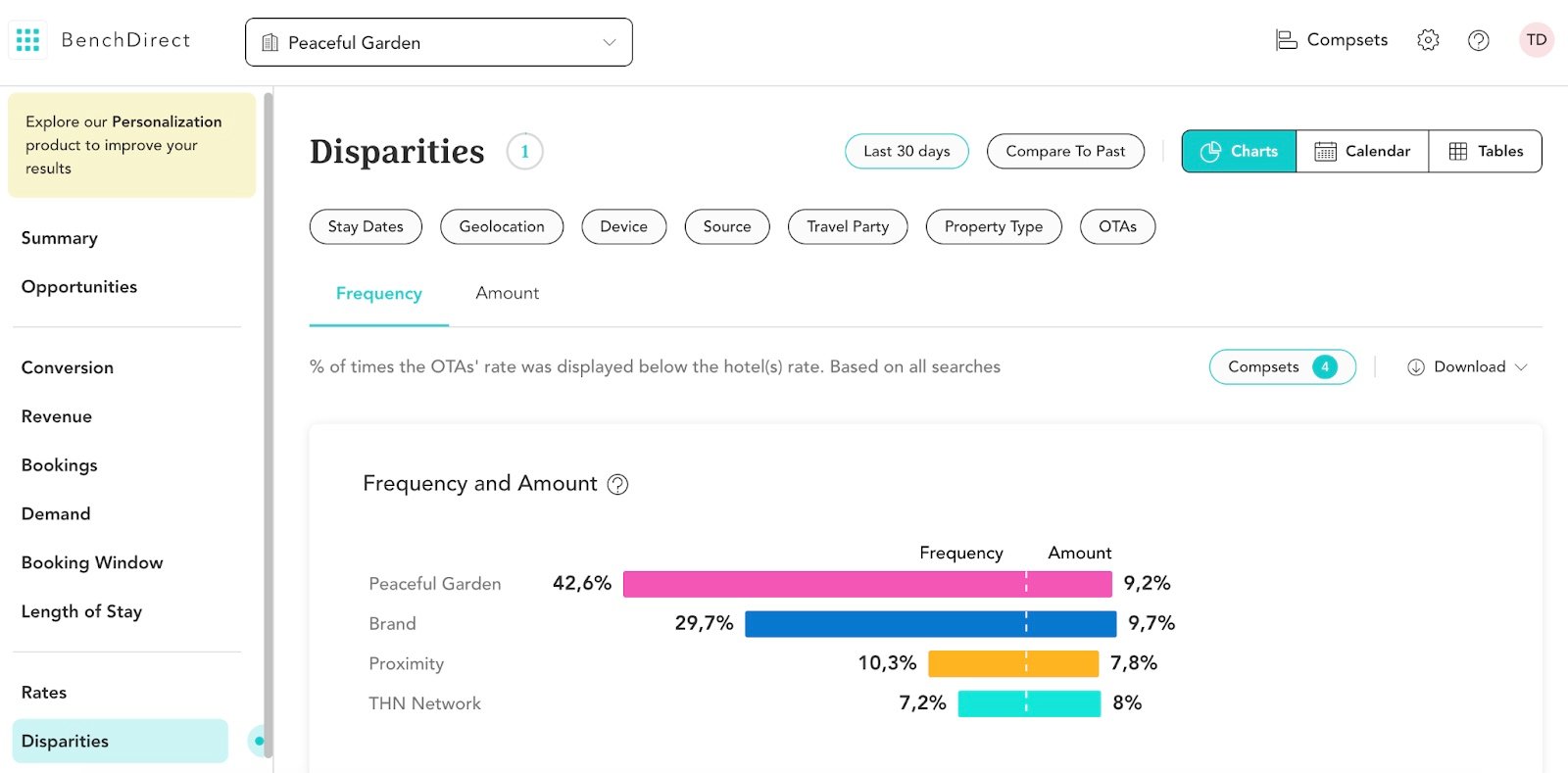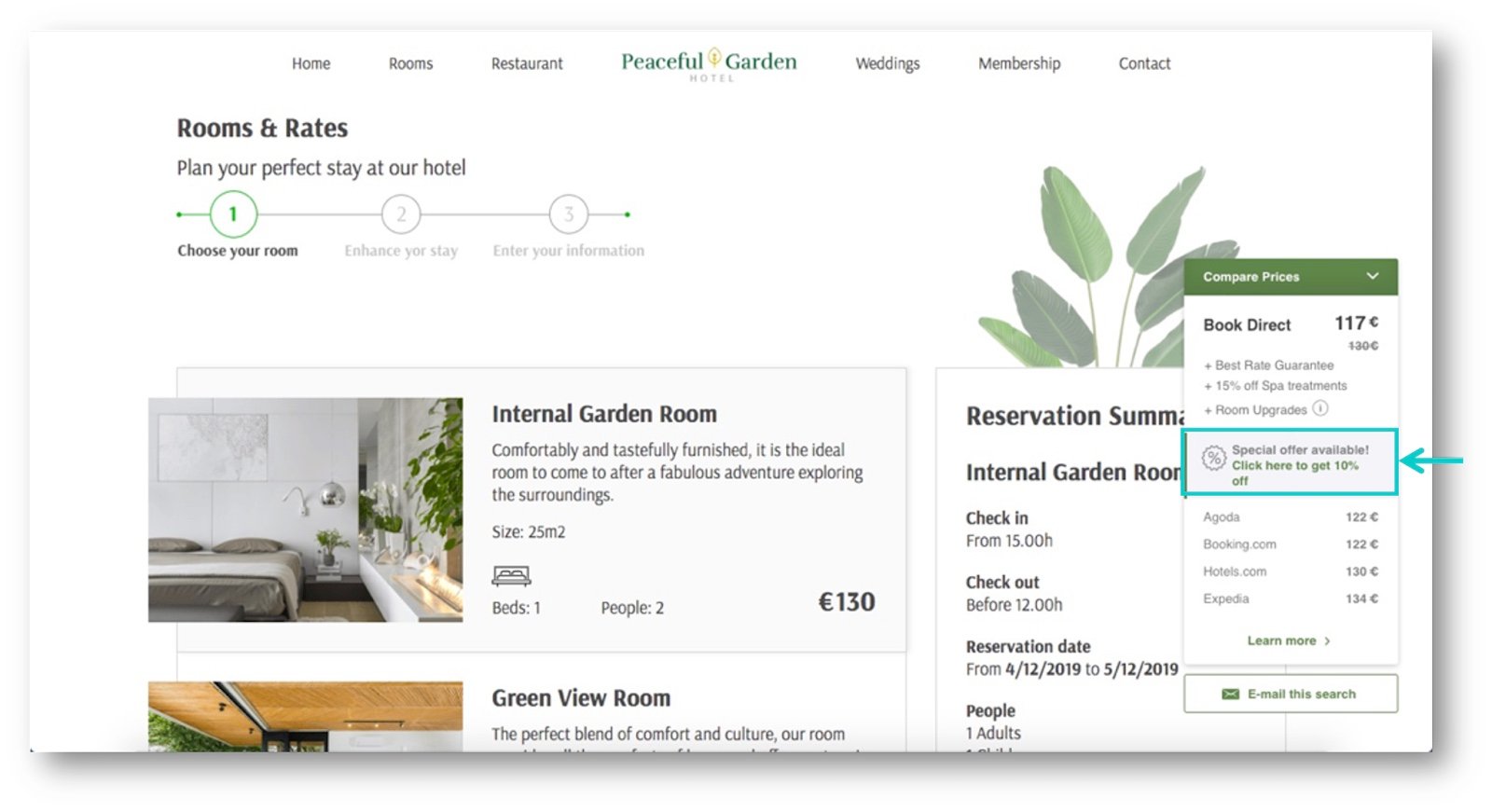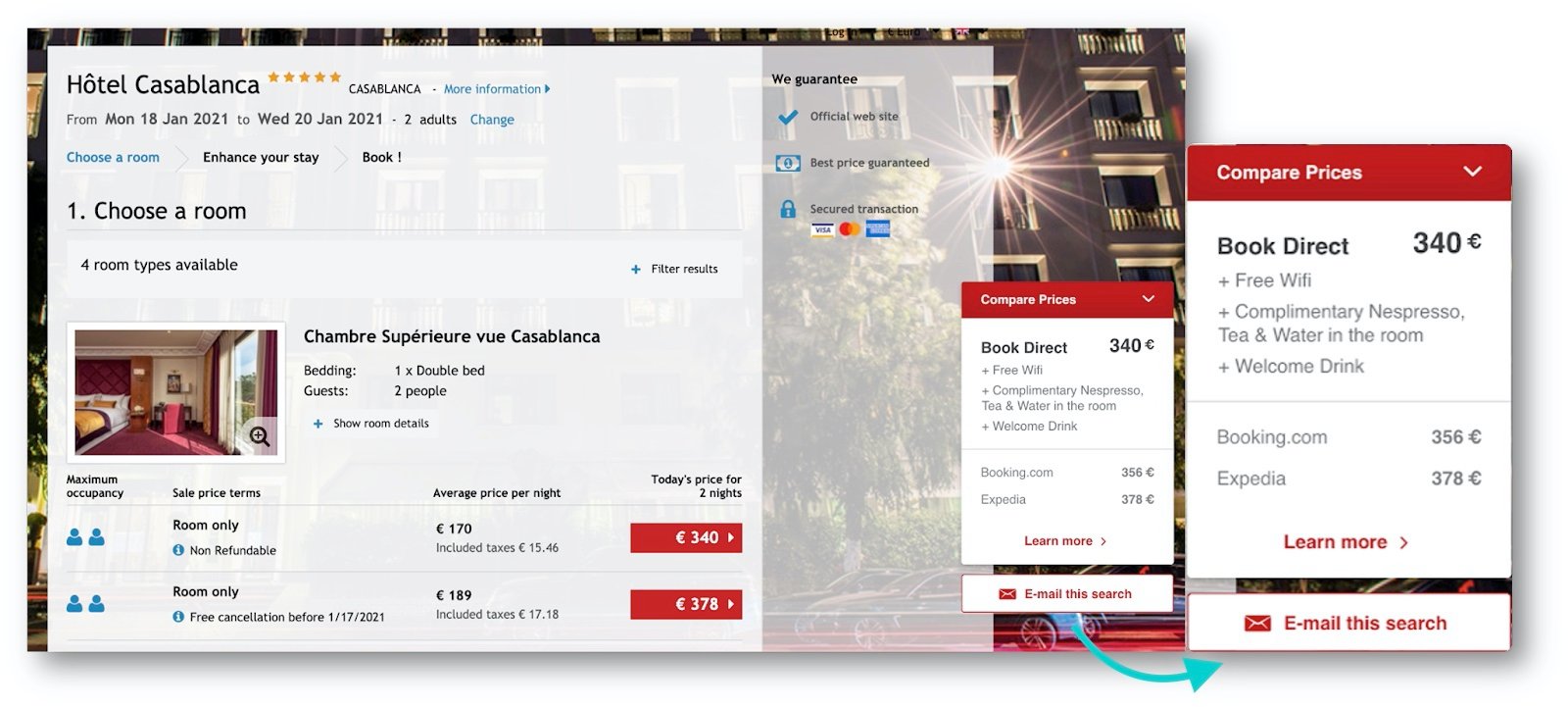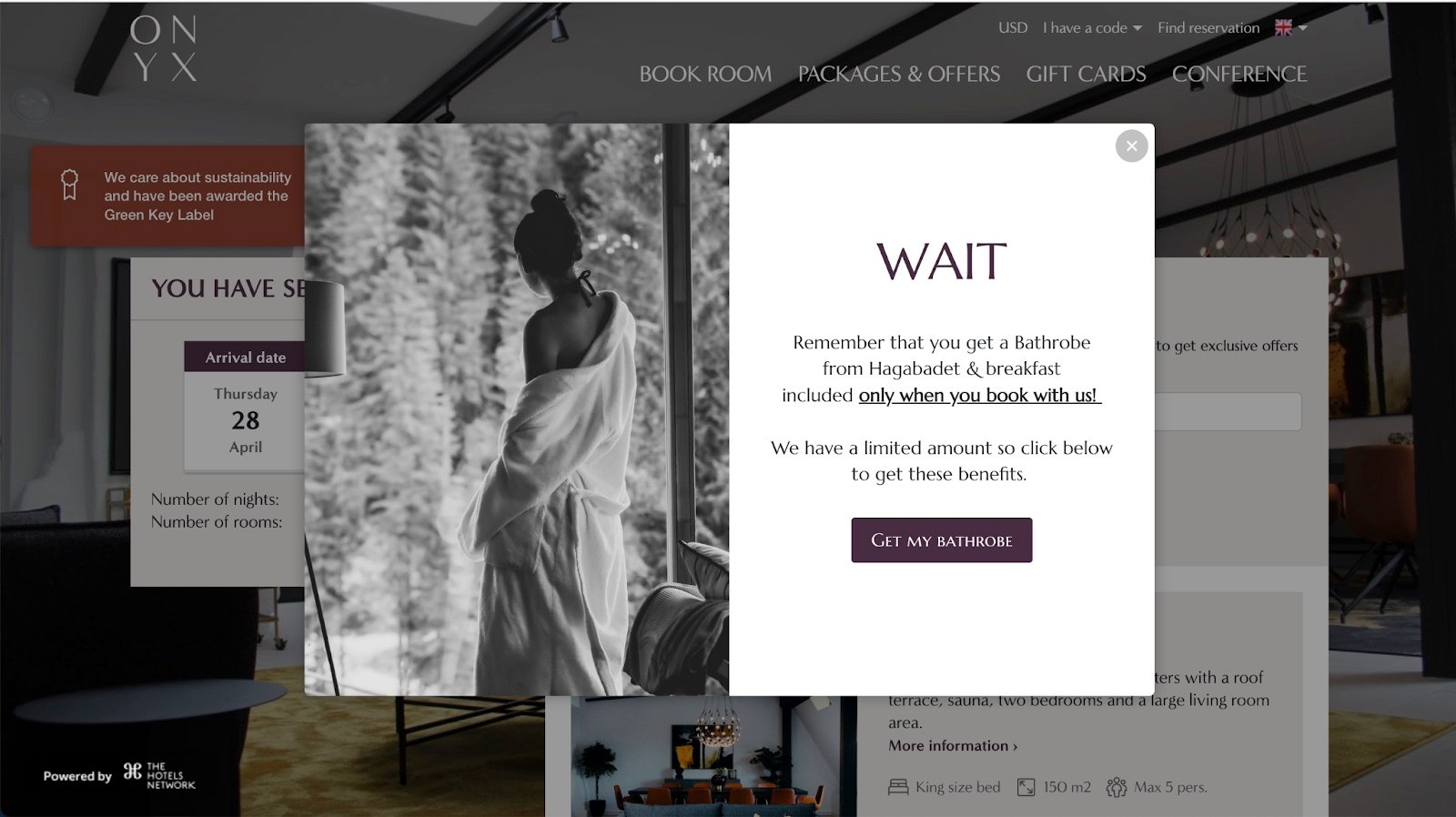Controlling the price of your hotel’s rooms online is a vital part of growing your direct channel performance.
NB: This is an article from The Hotels Network, one of our Expert Partners
If potential guests can find lower rates on OTAs and other third party channels, chances are they will leave your website to book there instead. Luckily, when faced with this scenario, you don’t have to sit back and accept it. Here are four effective actions you can take on your hotel website to combat this problem and boost your direct reservations.
Subscribe to our weekly newsletter and stay up to date
1. Benchmarking is key
In order to regain control of your pricing strategy, you must first understand how your property is performing in terms of disparities. With BenchDirect you can easily benchmark against the market and your competitors.
Check where your hotel is underperforming, and identify areas to improve by comparing your performance in terms of disparity frequency and amount to multiple compsets. It’s always worth taking a deep dive into the analytics – for example, drilling down on certain markets or taking a more thorough look at booking types and what that means in terms of your hotel’s disparities. These competitive insights will help you understand patterns and give you a clear action plan of where to focus your efforts.
 Disparity data from BenchDirect
Disparity data from BenchDirect
2. Take action and price match
If you find that an OTA is undercutting your rates, reach out and see if they’re breaking your parity clause. Using a tool that automatically provides you with a screenshot of the disparity can be particularly useful when negotiating with third parties.
In the meantime, when experiencing a disparity, provide potential guests with a price match offer to stop them from booking a cheaper rate elsewhere. With our Price Match feature, this can be done in real time to effectively combat any third-party rate tempting users away from your website. When a user search generates an undercut rate, the feature automatically shows them an offer to match it, and with a single click the discount is applied within the booking engine. Simple!
 Price match feature to compete against OTA prices
Price match feature to compete against OTA prices
3. Utilize Price Comparison
If you find that OTAs are not actually undercutting your rates, then it’s all about letting your website visitors know. Utilize our Price Comparison feature to reassure users that they are being offered the best available rate, so they don’t stray to other sites to compare prices. Including direct booking benefits also gives them that extra reason to reserve directly with you. The key here is to highlight your unique selling points and demonstrate to your visitors that booking on the hotel website is the best way to go.
 Price comparison feature showcasing direct booking benefits
Price comparison feature showcasing direct booking benefits
4. Get personal
When it comes to driving direct bookings, you’ve got to know who your website visitors are, and offer them something that is appealing to them. This is where our personalization features come in.
Let’s see it in action! There’s a visitor browsing on your booking engine, exploring potential dates for their stay, and they decide to abandon the website. With Exits, it’s possible to detect when this is about to happen and deliver the proper message to grab their attention and prevent them from leaving. Remind them of the exclusive perks available when booking directly, such as free breakfast or a welcome gift, or offer them a personalized discount for their reservation. This type of messaging is an effective and inviting way to personalize the online user experience that not only entices the booker to remain on your website and complete their reservation, but it’s also a fantastic way to make your communication feel more personal.
 Exit reminding visitors of direct booking perks
Exit reminding visitors of direct booking perks
So there you have it, four of the most effective ways to fight price disparities on your hotel website. Price disparities are inevitable, but with these actionable tips at your disposal, you will be able to combat them on your hotel’s website and ensure more visitors book directly with you.





